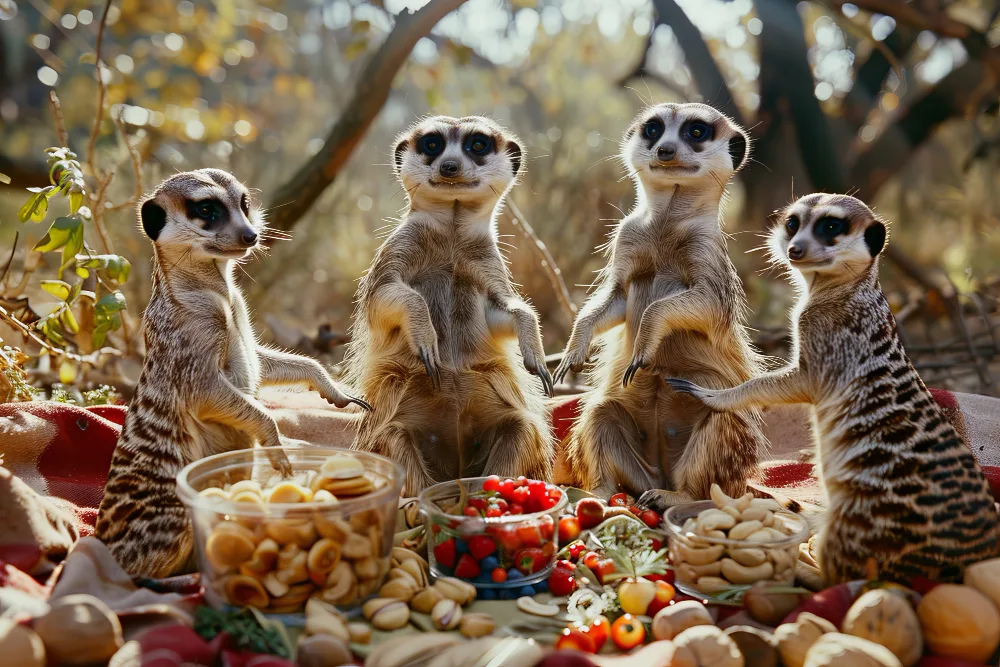Introduction
Have you ever wondered why we call a group of lions a pride or a group of crows a murder? These fascinating terms, known as animal group names, are collective nouns used to describe groups of animals. From ancient traditions to modern wildlife education, animal group names reveal insights into animal behavior, ecology, and culture.
In this comprehensive guide, we’ll explore what animal group names are, their benefits, how to use them correctly, best practices, and answers to frequently asked questions. By the end, you’ll become familiar with the most intriguing group names of animals and their practical applications
Benefits of Animal Group Names
How It Helps in Wildlife Understanding
Learning animal group names goes beyond trivia. It enhances your understanding of animal behavior and ecology. For example:
- Educational Impact: Teachers use group names of animals to make biology and environmental science more engaging.
- Wildlife Observation: Naturalists and birdwatchers use collective nouns to record species sightings accurately.
- Cultural Significance: Many animal group names stem from medieval English, connecting language with history.
By knowing these names, you’re able to communicate effectively about animal populations and conservation efforts.
Key Advantages for Students, Writers, and Nature Enthusiasts
- Enhanced Vocabulary: Using animal group names like “gaggle of geese” or “school of fish” enriches your language skills.
- Improved Storytelling: Writers incorporate group names of animals to create vivid imagery.
- Research Accuracy: Scientists and journalists prefer standardized wildlife groupings to avoid ambiguity.
- Conversation Starter: Knowing rare animal group names can spark interesting discussions.
How to Use/Apply Animal Group Names
Step-by-Step Guide
Using animal group names is straightforward if you follow these steps:
- Identify the Animal Species: Start with the species you’re referring to — for example, elephants.
- Find the Correct Group Name: Look up the established collective noun. (Example: a herd of elephants.)
- Use in Context: Insert the animal group names naturally in your writing or speech.
- Be Consistent: Stick to recognized terms from authoritative dictionaries or wildlife resources.
Here’s a sample table of animal group names for reference:
| Animal | Group Name |
| Lions | Pride |
| Wolves | Pack |
| Dolphins | Pod |
| Owls | Parliament |
| Fish | School |
This helps learners and professionals apply group names of animals with accuracy.
Common Mistakes to Avoid
When dealing with animal group names, it’s easy to slip up. Avoid these mistakes:
- Using Plurals Incorrectly: Don’t say “prides of lions” unless referring to multiple distinct groups.
- Inventing Names: Stick to established wildlife groupings unless writing creatively.
- Mixing Up Contexts: Some animals have multiple group names depending on behavior (e.g., “a school of fish” vs. “a shoal of fish”).
Best Practices for Animal Group Names
Tips & Tricks for Better Results
- Create Flashcards: Memorize animal group names through visuals and repetition.
- Use Mnemonics: Associate quirky images with group names of animals (e.g., “murder of crows” = spooky setting).
- Incorporate into Daily Learning: Add one new animal group name to your vocabulary each day.
- Cross-Reference Authoritative Sources: Reliable external resources like National Geographic or dictionaries provide accurate lists of animal group names.
Expert Recommendations
Linguists and wildlife experts recommend the following to master animal group names:
- Focus on Context: Understand why a particular group name of animals exists.
- Leverage Technology: Apps and online quizzes can help you learn wildlife groupings quickly.
- Teach Others: Sharing your knowledge of animal group names reinforces your own learning.
Popular Animal Group Names – Quick Reference
Here’s a list of notable animal group names to boost your knowledge:
- A Crash of Rhinoceroses
- A Leap of Leopards
- A Troop of Monkeys
- A Kindle of Kittens
- A Raft of Ducks
- A Colony of Penguins
- A Bask of Crocodiles
- A Team of Horses
- A Shiver of Sharks
These group names of animals are widely recognized in English and help paint vivid pictures in conversation or writing.
FAQs About Animal Group Names
What Are Animal Group Names?
Animal group names are collective nouns used to describe multiple animals of the same species gathered together, such as a herd of elephants or a flock of birds.
Why Do Animals Have Group Names?
The tradition dates back to the Middle Ages when hunters and scholars coined terms to describe animal behavior. These group names of animals reflected traits, habits, or cultural symbolism.
Are Animal Group Names Universal?
Not always. Some languages and regions use different wildlife groupings. However, English has standardized many of them for global usage.
Can One Animal Have Multiple Group Names?
Yes. For example, a group of whales can be called a pod, gam, or school, depending on context. Learning all accepted animal group names improves communication.
Where Can I Learn More About Animal Group Names?
You can explore authoritative lists from wildlife organizations, educational portals, and dictionaries. Britannica also offers reliable references for animal group names.
Conclusion
Understanding animal group names isn’t just about memorizing quirky terms; it’s about appreciating the richness of language and wildlife. From “a pride of lions” to “a parliament of owls,” these group names of animals enrich our conversations, writing, and education.
By learning and applying animal group names, you enhance your vocabulary, improve your understanding of nature, and become a more effective communicator. Start by memorizing a few new wildlife groupings each week and share your knowledge with friends or students.
Call to Action:
Ready to expand your knowledge of animal group names? Bookmark this guide, explore authoritative sources, and start incorporating these fascinating group names of animals into your daily language today.


